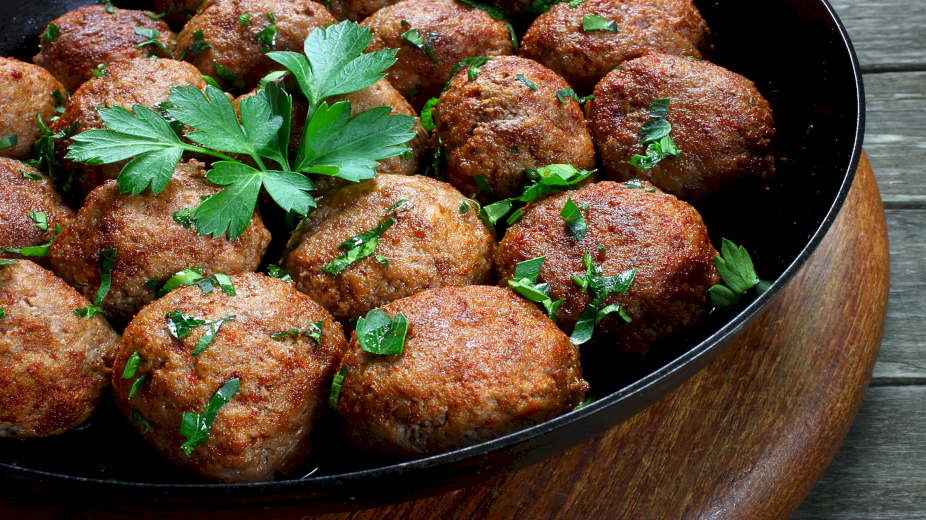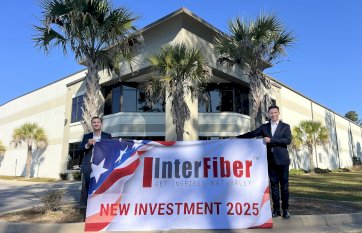Fiber is a natural product sourced from plants. Not only is it beneficial for our health, but also demonstrates exceptional technological functionality in food processing. We have conducted an interview with Luiz Fernando Guidorizzi, Sales Director for Latin America and Canada in InterFiber, to provide more information about the use of fiber in meat industry.
In what ways can it be used in meat industry?
Fiber is sourced from various plants. It is thoroughly cleaned, micronized and prepared with a special method. This way of preparation guarantees unique water binding properties. Depending on a fiber length and a raw material, it can permanently bind up to 1200% of water in the final product. That’s the main benefit of using fibers in meat industry.
Moreover, products with fiber addition demonstrate lower losses while thermal treatment and therefore higher efficiency in the production process. Multiple studies proved that fiber addition to sausages increases the yield, improves the texture and consistency, which affects the bite. In barrier products, such as luncheon meat, fiber reduces thermal leakage while thermal treatment. In injected products fiber addition influences the juiciness, reduces the leakage and enhances the texture.
Fibers are widely used in meat products – what about the delicatessen meat?
Fiber, thanks to its structure, is used as a water binding ingredient to minced meat. After hydration it can partly imitate raw meat. When added to hamburgers even at 1% dosage, it facilitates burgers formation, keeps their shape and increases firmness while frying or grilling.
Is fiber perceptible in the final product?
Our fibers with all the properties described above, do not introduce any off tastes nor change the final product’s colour. Moreover, multiple studies proved that fiber addition to meat products influences the colour in a positive way by lowering the brightness and intensity of yellow colour while boosting the red colour at the same time. All of the above prove that applying fiber in meat industry as an ingredient improving final products’ properties is valid.
Is the production process more complicated with fiber addition?
The process itself does not change. Nevertheless, fiber should be applied under the technological supervision. Its addition is not limited, but the wrong dose may not influence final product’s properties or even worsen them. The most common mistake is overdosing. If there is too little of added water and too many ingredients that bind water, applying fiber in a larger dose will cause dryness and flowability of a final product. Traditionally recommended and technologically justified fiber dose is 1%. But, when deciding on the dose, other factors need to be taken into account – the amount of water and other ingredinets, as well as the quality and type of raw meat.
Does fiber addition always need to be declared on the labelling?
Naturally, but we need to keep in mind that fiber is an ingredient of a natural origin. It is also perceived as beneficial by the consumers. Fibers plays an important role in a proper functioning of the human body. Although we need to remember that the dose of fiber we can add to meat products is lower that the declaration on the labelling.
Thank you for the conversation.
.jpg)
.jpg)
.jpg)
About Luiz:
Luiz Fernando Guidorizzi is a graduate in Food Engineering. He has over 15 years of experience with insoluble fibers. Now, he is a Sales Director for Latin America and Canada in InterFiber.





